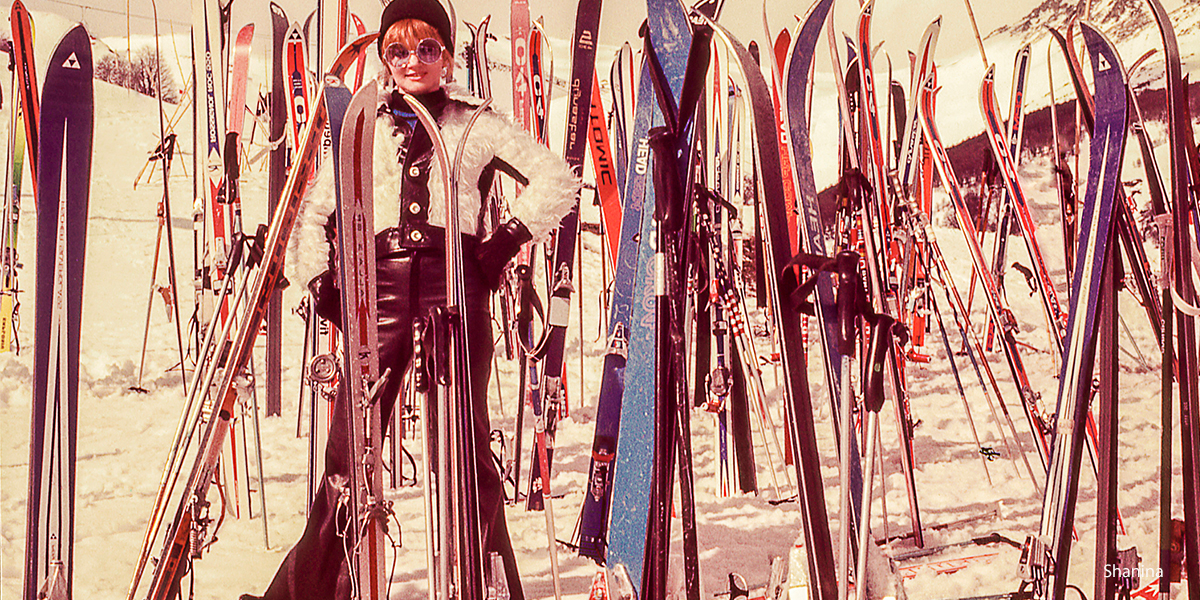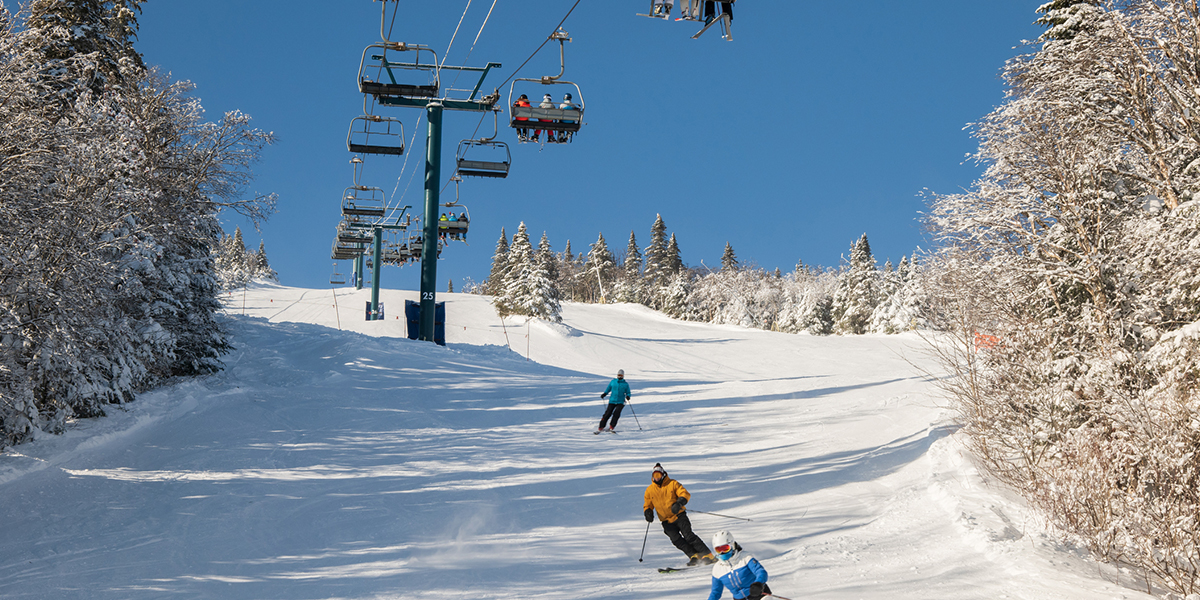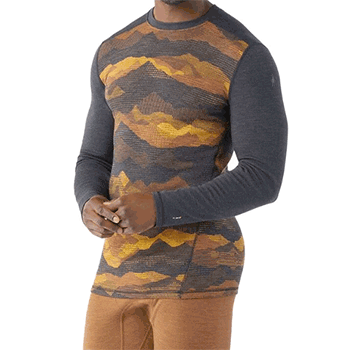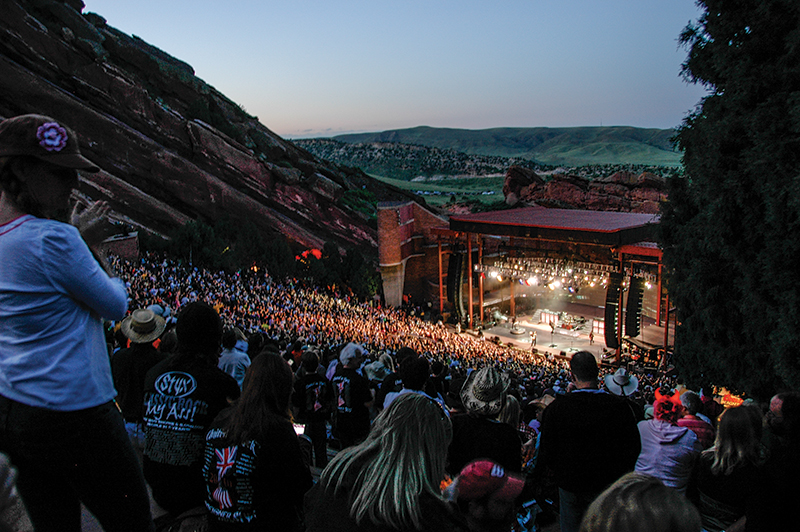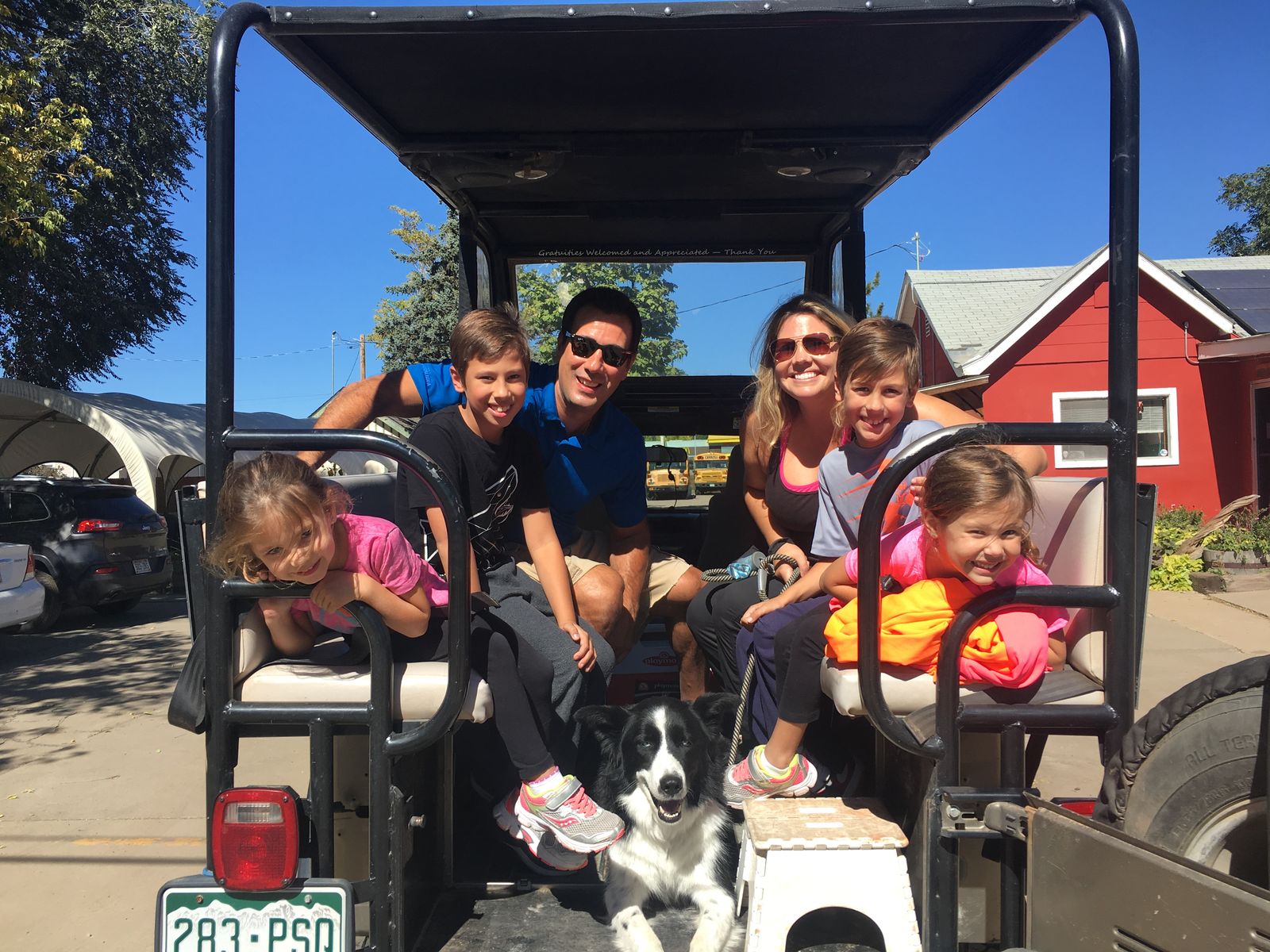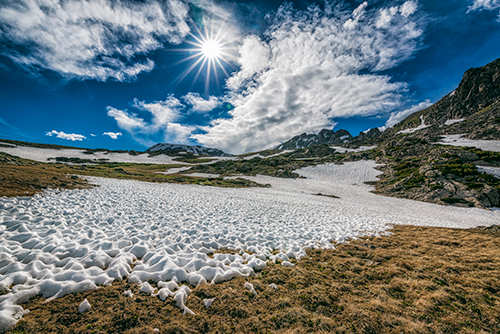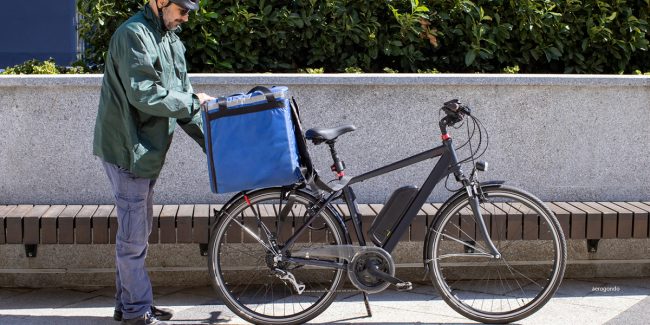How to Layer Ski Clothing to Stay Warm and Ski in Style
Ski Clothing, Ski Gear, and Looking Good While Skiing
Ski clothing means dressing in layers to stay warm, comfortable, and stylish while skiing. The right or wrong ski gear can make or break your experience. The right ski clothing and ski gear provide outdoor comfort that lets participants focus on skiing and riding, not the chill down your back. But what about looking good? Along with carving perfect turns comes the stylish ski suit. Skiing and riding at Colorado's resorts is a statement of prowess and style. Being seen is a big part of the ski experience. So what does all that mean exactly? The best part about dressing with layers is having various instant fashion change options when appropriate. Not only do layers help you stay warm and comfortable, but they also offer many stylish ski outfit options.* Use the clothing links below to access our affiliate program with Amazon. Buy what you need all in one place and pay us a little referral fee at check out.
Ski Clothing Base Layers
Mid Layers - The Ski Sweater
After your base layer, you'll need a mid-layer, the insulation layer. This is the ski sweater layer, usually consisting of a fleece, a wool sweater, or a lightweight down jacket. The key is to choose a warm but not too bulky layer. Bulky mid-layers can be restrictive and interfere with your ability to move freely while skiing.
Traditional ski sweaters will have a single turtle neck collar that helps keep the cold and snow away from your body. These sweaters often have 1/4 zips that help with moderating your body temperature. There are crew neck collars available that are nice to have in your ski clothing wardrobe, especially for those warmer days.
Mid-layers are heavier than base layers but lighter than a heavy Icelandic wool-type sweater. This layer is somewhat fitted and should have a decent length that will fall below the ski pant's waist, providing snow protection if you take a spill.
Ski sweaters are stylish and come in various sporty designs. The ski sweater is the most visible piece of ski attire as it is sometimes worn alone while skiing during warmer days and visible during après-ski or walking around the base area. These stylish sweaters are traditionally sporty and indicative of skiing. They let everybody know that you're a skier.
consisting of a fleece, a wool sweater, or a lightweight down jacket. The key is to choose a warm but not too bulky layer. Bulky mid-layers can be restrictive and interfere with your ability to move freely while skiing.
Traditional ski sweaters will have a single turtle neck collar that helps keep the cold and snow away from your body. These sweaters often have 1/4 zips that help with moderating your body temperature. There are crew neck collars available that are nice to have in your ski clothing wardrobe, especially for those warmer days.
Mid-layers are heavier than base layers but lighter than a heavy Icelandic wool-type sweater. This layer is somewhat fitted and should have a decent length that will fall below the ski pant's waist, providing snow protection if you take a spill.
Ski sweaters are stylish and come in various sporty designs. The ski sweater is the most visible piece of ski attire as it is sometimes worn alone while skiing during warmer days and visible during après-ski or walking around the base area. These stylish sweaters are traditionally sporty and indicative of skiing. They let everybody know that you're a skier.
The Ski Jacket - Ski Clothing
The outer layer of your ski clothing is crucial for protecting you from the elements and a first-impression style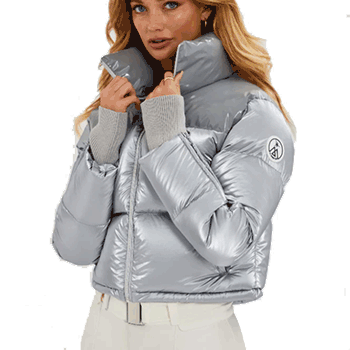 statement. A waterproof and windproof ski jacket keeps you dry and warm. Look for jackets and pants with sealed seams and adjustable cuffs to avoid snow and wind. Choose a jacket with a hood. It's always nice to have the option to use the hood and protect your neck and head from sudden weather changes.
Ski jackets are often solid colors. More stylish ski jackets and clothing will have block or contrasting zipper and trim colors. Ski clothes have that racy look in a sporty sort of way. As a skier, you are mostly seen from afar, from the chairlift, or coming down the slope toward the camera. Bold colors help the skier stand out.
statement. A waterproof and windproof ski jacket keeps you dry and warm. Look for jackets and pants with sealed seams and adjustable cuffs to avoid snow and wind. Choose a jacket with a hood. It's always nice to have the option to use the hood and protect your neck and head from sudden weather changes.
Ski jackets are often solid colors. More stylish ski jackets and clothing will have block or contrasting zipper and trim colors. Ski clothes have that racy look in a sporty sort of way. As a skier, you are mostly seen from afar, from the chairlift, or coming down the slope toward the camera. Bold colors help the skier stand out.
Women's Ski Jackets
Like women's clothing, women's ski jackets come in many styles. This means you need to select your ski jacket wisely. Remember, the ski jacket's main duty is to protect you from the elements. Its secondary duty is to make you look good. The jacket fit should be generous versus tight and accommodate the underneath layers. A tight-fitting jacket will take away from your ski experience, as you will find it hard to move freely. A longer jacket will protect your derriere from the cold and keep snow out of your pants and up your back if you should fall. Longer jackets are also more comfortable while riding the chairlift, adding more insulation between you and the cold chair. Shorter-waisted ski jackets are popular and will certainly enhance your stylish look; however, if you don't match these jackets with high-waisted ski pants or, even better, ski bibs, you will find that snow can easily get into your ski pants or up into the back of your ski jacket; especially if you spend much time sliding on your bum.
Women's ski jackets are some variation of a puffer coat, shearling material, or a shell-type coat constructed of a heavy windproof/waterproof material. The ski jacket you choose needs to work with your other layers and provide the added resilience to the elements you need.
Perhaps the best solution for looking stylish is to have a few ski jackets—at least one shell jacket for those extreme days and another for milder weather days. If you're a fair-weather skier, you certainly don't need all the extreme ski gear, but it is a good idea to be prepared when you head to the slopes. Bring along a few extras like a good hat and some hand warmers.
Shorter-waisted ski jackets are popular and will certainly enhance your stylish look; however, if you don't match these jackets with high-waisted ski pants or, even better, ski bibs, you will find that snow can easily get into your ski pants or up into the back of your ski jacket; especially if you spend much time sliding on your bum.
Women's ski jackets are some variation of a puffer coat, shearling material, or a shell-type coat constructed of a heavy windproof/waterproof material. The ski jacket you choose needs to work with your other layers and provide the added resilience to the elements you need.
Perhaps the best solution for looking stylish is to have a few ski jackets—at least one shell jacket for those extreme days and another for milder weather days. If you're a fair-weather skier, you certainly don't need all the extreme ski gear, but it is a good idea to be prepared when you head to the slopes. Bring along a few extras like a good hat and some hand warmers.
Selecting a ski jacket with a hood is a good idea. You never know when the weather will change; suddenly, you need more protection.
Men's Ski Jackets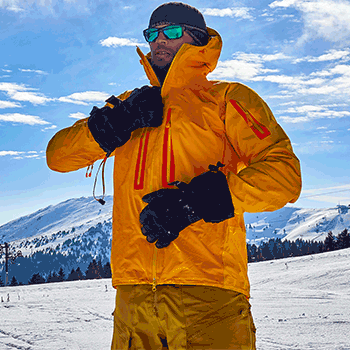
Although men's ski jackets come in many variations, the general selection emphasizes function. Men's ski jackets all fall well below the waistline or longer. They are all shells or coats constructed of heavy windproof/waterproof material with hoods or hoods that can be stored in a hideaway collar. These shell ski jackets come as pullovers or full-length zip-ups.
Today, the look for men's ski jackets is solid colors or big block contrasting colors.
The Ski Vest
The ski vest is another ski attire to add to your ski clothing wardrobe. This will be the most versatile piece of ski gear you own. On the right days, the vest can provide just the added core body warmth over your ski sweater you need on the slopes. Or, on those extra cold days, you can layer your ski jacket over the vest for even more warmth. Ski vests, often puffer vests, can easily become a go-to for many outdoor activities.Ski Pants
Ski pants have come a long way from the early days of skiing in frozen jeans. Today, for both men (men's ski pants) and women (women's ski pants), ski pants are constructed of heavy wind/waterproof materials; some provide stretch. Loose-fitting, high-waisted pants are the way to go. The high waist makes it hard for snow to find its way in, and the loose fit enables freedom of movement and accommodates base layers. Ski pants are easier to manage versus bibs, which require more disrobing.
What to wear under ski pants -
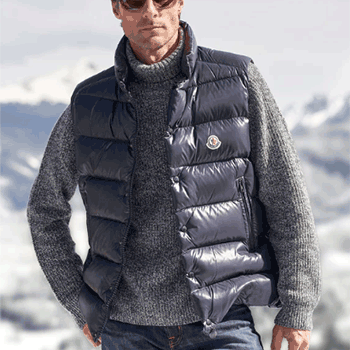 What you wear under your ski pants depends on the current weather conditions and the weight of your ski pants. The range of legging baselayers can be very lightweight: nylon or merino wool, mid-weight, or heavy fleece legging. Generally speaking, wearing tight-fitting leggings under your ski pants is more comfortable as they reduce friction from movement or falls.
What you wear under your ski pants depends on the current weather conditions and the weight of your ski pants. The range of legging baselayers can be very lightweight: nylon or merino wool, mid-weight, or heavy fleece legging. Generally speaking, wearing tight-fitting leggings under your ski pants is more comfortable as they reduce friction from movement or falls.
A quality ski pant is pulled over the ski boot and has an internal snug fit cuff that also fits over the boot for added snow protection. Many ski pants will have reinforced patches on the inside of the bottom of the pant legs. Selecting ski pants with these reinforcements is a good idea. These patches protect your pants from getting tears from your sharp ski edges. The zippers on the outside leg bottom are helpful for boot fit and look good.
Pockets are popular on ski pants, leg pockets, and traditionally placed pockets. Pockets must have zippers or velcro closure flaps to keep your stuff safe. Pockets are stylish and practical.
Today, the style for ski pants is primarily solid colors. There is variation in zipper colors, fabric patterns, and some block color contrast.
Ski Bibs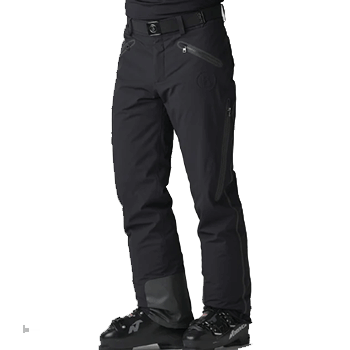
Ski bibs are a practical choice for the serious skier or rider. The biggest advantage is their ability to keep snow out of your pants and away from your back. This is especially helpful for the adventurous skier. You will be ready to tackle anything that comes your way. Take a high-speed spill on a groomer, tumble through the moguls, or find a stash of powder to plunge into; you won't need to hold back. With the high back and front, the suspenders that guarantee your pants won't fall down, and a long hooded coat make it hard for snow to find a way in. Plus, when things heat up, taking your jacket off is an option while still having good coverage from snow.
Bids come in various styles, from overalls to lower scoop line styles. Ski sweaters are usually worn underneath the bib (but not always) and the ski jacket on top. Bibs are a bit more cumbersome as you must remove your jacket to get out of the suspender straps.
The One Piece Ski Suit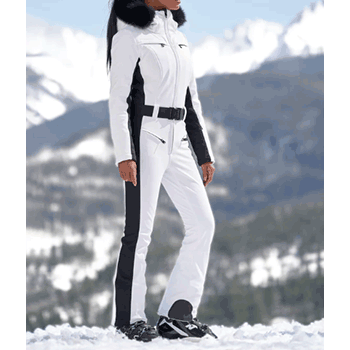
For those who really want to take their battle with the elements seriously and completely eliminate the chance of snow "getting in." The one-piece ski suit is the way to go. You can do powder face plants and swim through snow all day without feeling the trickle of melting snow next to your skin. Along with this total-body seal against the elements, they are warm. Usually, just a base layer is worn underneath. This lack of bulk increases the freedom of movement and overall comfort. Having a ski suit in your ski gear wardrobe is a good idea.
Ski suits come in various styles of total solid colors, from dark to bright. Suits will have stripes or block colors and several exterior pockets.
Ski Accessories
Ride Ski accessories are crucial to having a good experience. Below is a quick breakdown of the essential ski accessories: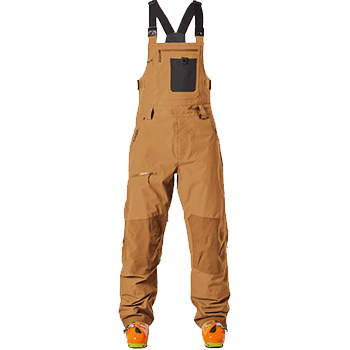
- A ski hat - a must-have
- A helmet - a good idea
- A neck gaiter - good to bring along
- A balaclava - battle the elements
- Gloves or mittens, plus liners. - must-have
- Handwarmers - good to bring along
- Ski goggles - must-have
- Sunglasses - must-have
- Lense cloth - must-have
- Sunscreen - must-have
- Chapstick - good to bring along
- Ski socks - must-have
- Wallet with credit cards - must-have
- Cell phone - must-have
Ski Clothing for warmth and comfort while skiing in style
Gearing up for alpine skiing or riding means getting the right ski clothing and gear. Your ski clothing must protect you from the elements, but that doesn't mean sacrificing style. Having the right ski clothing means having a base, mid-layers, and jacket selection. All of which come with stylish options and combinations. From the base layers to the shell jacket. There are many choices; you must put it all together to suit your skiing pursuits and fashion statement.
by Kathleen Fitzsimmons

